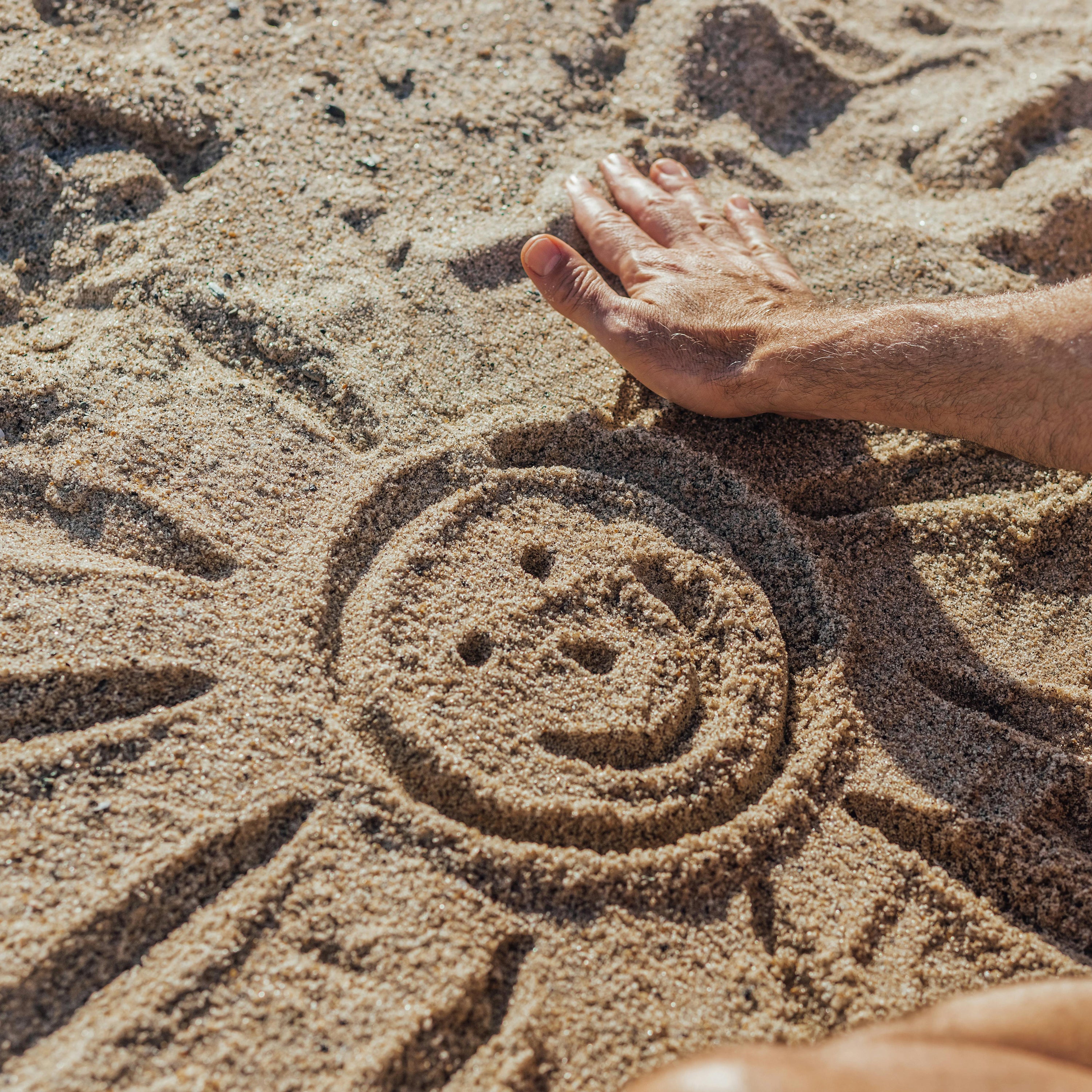Did you know that millions of people are diagnosed with skin cancer each year? According to the World Health Organization (WHO), skin cancer is a significant health concern worldwide. One of the primary causes of skin cancer is exposure to ultraviolet (UV) rays from the sun. In this blog, we will explore the threat posed by UV rays, the damage they can cause to the skin, and most importantly, the various ways you can protect yourself from UV rays both indoors and outdoors.

THE THREAT: ULTRAVIOLET (UV) RAYS:
UV rays are invisible radiation emitted by the sun. There are two main types of UV rays: UVA and UVB. UVA rays have a longer wavelength and can penetrate deep into the skin, causing premature aging and increasing the risk of skin cancer. UVB rays have a shorter wavelength and primarily affect the outer layers of the skin, leading to sunburns and contributing to skin cancer development.

THE DAMAGE: SKIN CANCER AND UV EXPOSURE:
Exposure to UV rays is strongly linked to various types of skin cancer, including the most dangerous form, melanoma. The WHO reports an alarming number of skin cancer cases diagnosed annually, highlighting the urgent need for sun protection. By taking proactive measures to reduce UV exposure, you can significantly lower your risk of developing skin cancer.

FIGHTING BACK: PROTECTING YOURSELF FROM UV RAYS:
To effectively protect yourself from UV rays, it is essential to incorporate a comprehensive Sun Protection Plan (SPP). Here are some key measures to consider:

SUN-PROTECTIVE CLOTHING:
Opt for tightly woven fabrics with dark colors, as they offer better protection against UV rays. Look for clothing with a high Ultraviolet Protection Factor (UPF) rating, which indicates the level of UV protection provided.

SEEK SHADE:
Limit your sun exposure, especially during peak hours when the sun's rays are the strongest (between 10 am and 4 pm). Find shade under trees, umbrellas, or use portable shade structures.

BROAD-BRIMMED HAT:
Wear a wide-brimmed hat that shades your face, ears, and neck. This provides additional protection from direct UV exposure.

SUNGLASSES:
Protect your eyes from harmful UVA and UVB rays by wearing sunglasses that offer 100% UV protection. Look for sunglasses labeled as blocking both UVA and UVB rays.

SUNSCREEN:
Apply a broad-spectrum sunscreen with a Sun Protection Factor (SPF) of 30 or higher to all exposed skin. Remember to reapply every two hours, especially after swimming or sweating.

BEYOND THE BEACH: INDOOR UV PROTECTION:
Surprisingly, UV rays can penetrate windows, exposing you to UV radiation even when you're indoors. To enhance your protection, consider using curtains or blinds with a UPF rating of 50+ to block a significant portion of UV rays from entering your home or office.
SUN SAFETY RESOURCES:
Ultraviolet Index (UVI) Chart

Source: World Health Organization
To stay informed about the strength of UV rays and sun exposure risks, familiarize yourself with the Ultraviolet Index (UVI). The UVI provides a scale that indicates the intensity of UV rays and recommends appropriate sun protection actions. You can access real-time UV index information through resources like the SunSmart Global UV App.

Source: World Health Organization
By incorporating these protective measures into your daily routine, both indoors and outdoors, you can significantly reduce your risk of UV-related skin damage and skin cancer. Stay sun-safe and protect your skin for a healthier future.
Sources:
World Health Organization (WHO)
SunSmart Global UV App


